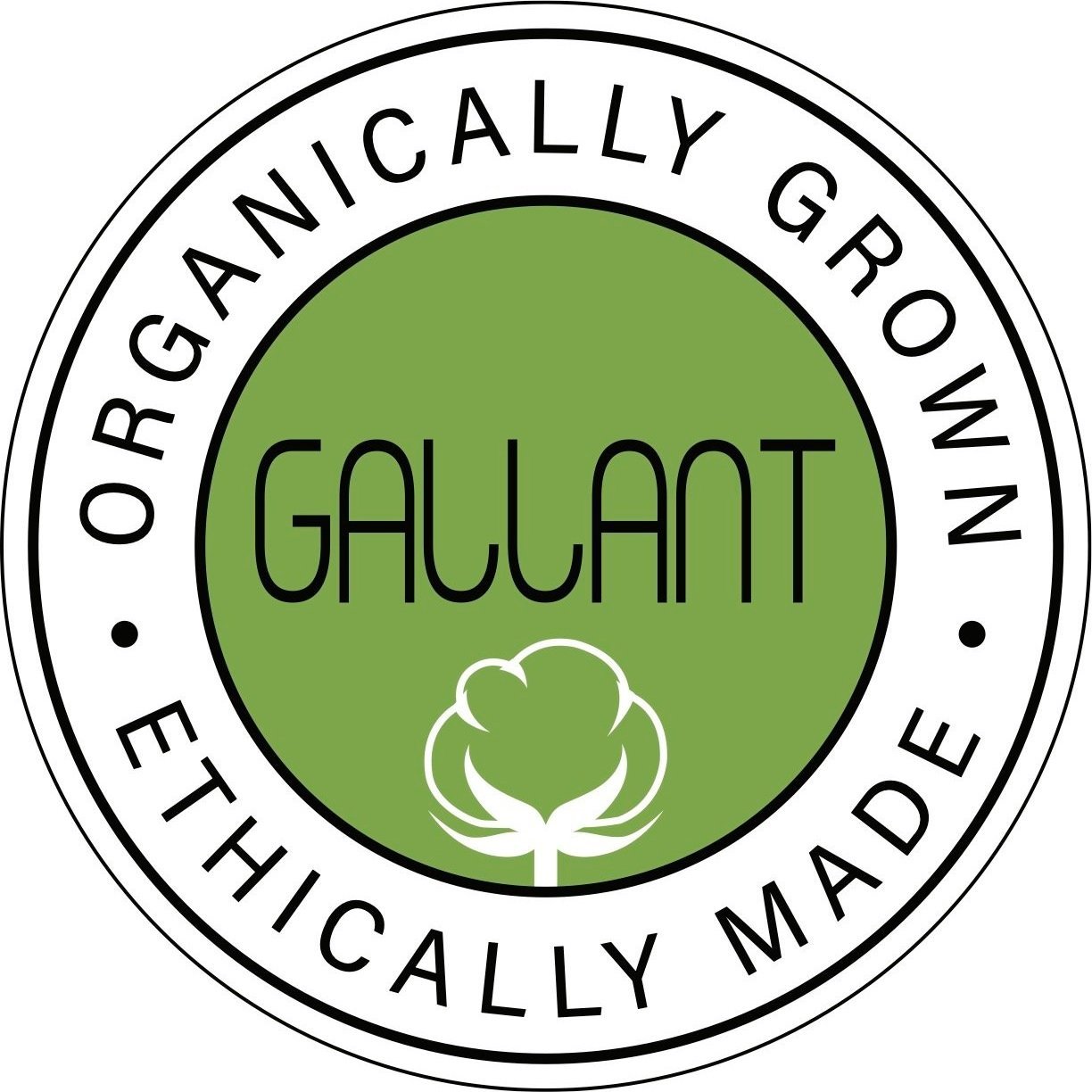What is Biodiversity?
When speaking about the variety of all living things on Earth and their interactions, from humans to microscopic organisms and all life in between, we refer to this as biodiversity. To break it down even more, biodiversity is generally looked at by scientists at three different levels:
genetic diversity,
species diversity, and
ecosystem diversity
Each level interacts and influences the other to create the biological networking and variety of life in the natural world around us- a world that we, as humans, benefit from greatly.
Why is Biodiversity Important?
Biodiversity is crucial to humans and the functioning of our society; without it, we would not have food, medicine, fuel, shelter, etc. This means that biodiversity has a direct impact not only on our health and wellbeing as a species but on our societal economy as well. Environmentally, biodiversity is an essential component to maintain an equilibrium within Earth’s air, water, and nutrient cycles and enhance thriving ecosystem functions.
From an agricultural perspective, biodiversity not only gives us a plethora of edible crops, but it also improves soil and water quality, leading to a healthier nutrient cycle and higher crop yields- meaning more food production for the ever-growing human population.
Threats to Biodiversity
In the age of the Anthropocene, where human power structures dominate over the environment, there has been a rapid and worrisome decline in Earth’s biodiversity. Human activities that cause massive environmental impacts such as habitat loss and fragmentation, unsustainable natural resource use, invasive species, pollution, and climate change are some of the main driving threats that are amplifying the rate at which biodiversity is declining, causing an imbalance in ecosystem functions.
The industrial agriculture sector, for example, contributes heavily to not only habitat loss and fragmentation but also pollution. Toxic fertilizers, pesticides, herbicides, and other persistent chemicals used by conventional and industrial farming can disrupt food webs, restrict species diversity by inhibiting growth, disrupt pollinators’ abilities to pollinate crops and contaminate the soil and water systems of not only the controlled farm, but of the surrounding “wild” environment. Traditionally, industrial and conventional farms also practice farming monocultures, which limits the variability and weakens the resilience of these systems. These factors severely impede the potential for biodiversity to exist at all under the conditions brought forth by these practices.
Why are threats to biodiversity a problem?
The loss of biodiversity is a problem for many reasons. As mentioned before, the presence of biodiversity across our societal sectors directly impacts the ability of these industries to operate and turn a profit, but more importantly, biodiversity loss and the myriad of other environmental cataclysms we are facing cyclically impact one another. The rapid loss of biodiversity tips earth’s natural cycles in such a way that it further exacerbates the monumental issues our society is already faced with, such as food insecurity, water insecurity, and a destabilizing climate.
What actions can we take to protect our biodiversity?
Promoting industry practices like organic and regenerative organic farming allows a pathway for biodiversity to thrive in the agricultural sector. Regenerative organic farming goes above and beyond organic farming with more stringent requirements and entails three pillars:
Biodiversity is promoted under these pillars through practices such as composting, cover cropping, organic no-till, integration of livestock and natural predators, and crop rotation (polyculture farming).
Intercropping in Regenerative Organic Farming. Marigold and okra are seen here on an organic cotton farm.
All of these methods help create resilient natural systems within farmland that do not require the input of toxic chemicals to obtain high crop yields.
Conclusion
At Gallant, we have centered our business model around operating as an ally to our planet. Through a massive collaborative effort, we have helped convert over 700 farmers spanning over 3,500 acres of land in India to Regenerative Organic Certified® farms. Our investment in regenerative organic agriculture to bring regenerative organic certified cotton products to the market is entwined with our commitment to flourishing biodiversity and a healthier future for people and the planet.
If you have any questions about our Regenerative Organic Certified® cotton program and would like to partner with us for private-label regenerative organic certified products, please give us a call at 949-680-4004 or email us at gallant@gallantintl.com.

